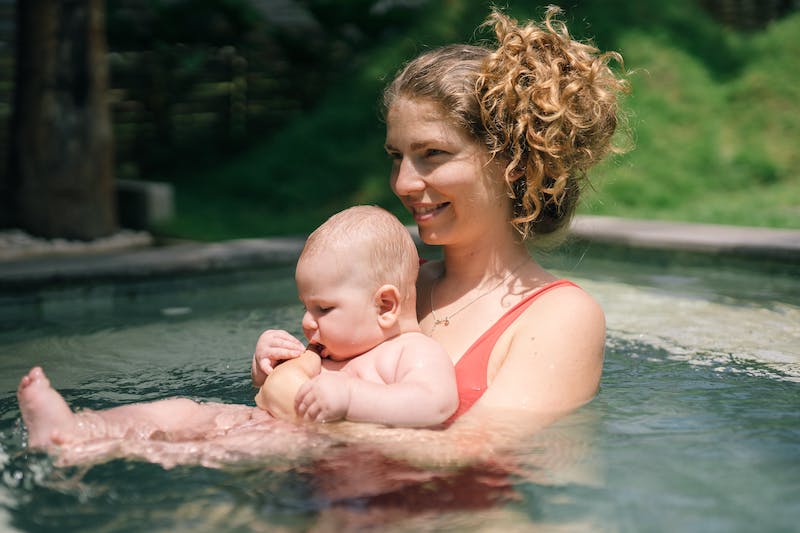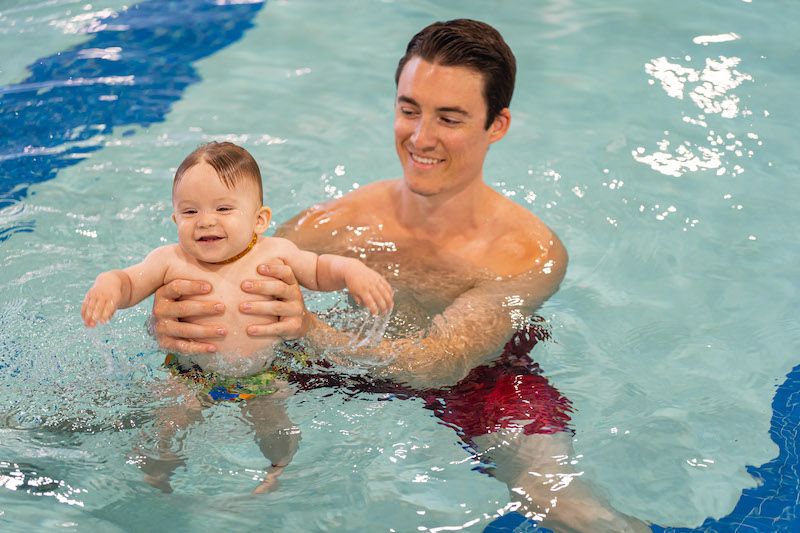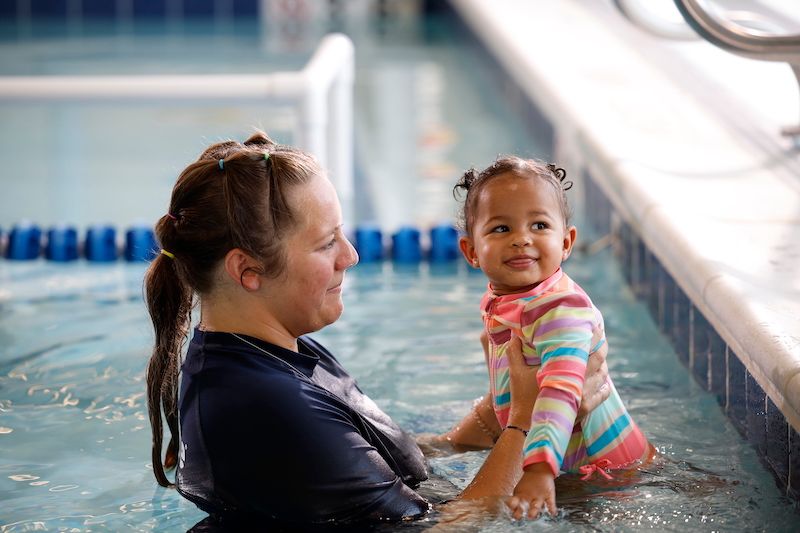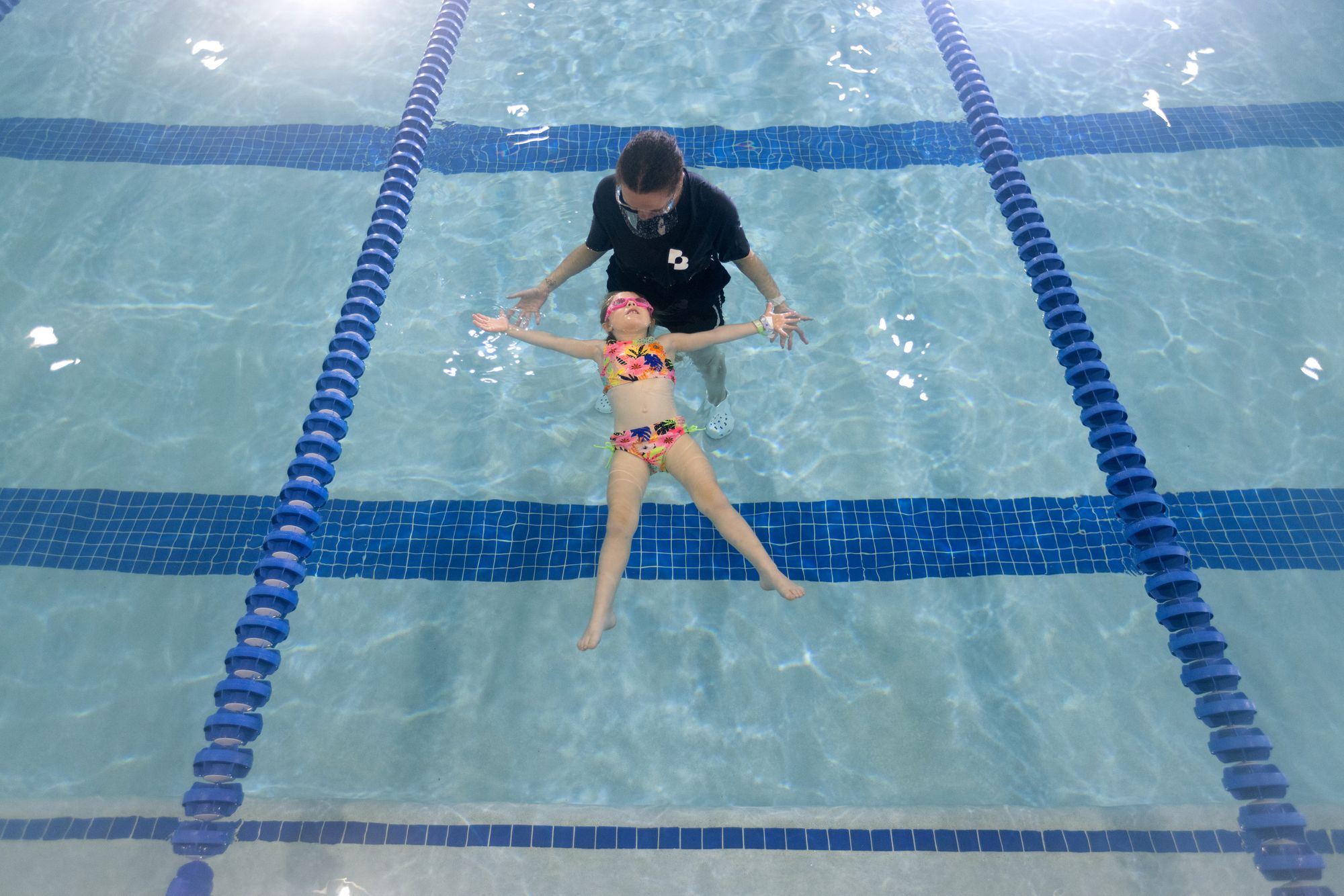How to Back Float in the Water
How to Float on Your Back in the Water
Are you interested in teaching your child how to back float effortlessly? Initially, floating might seem intimidating, but with your guidance and consistent practice, your child can acquire this essential swimming skill. The ability to back float typically develops over time through regular practice and gaining experience in the water. Moreover, seeking additional support and coaching from an experienced swimming instructor can be highly beneficial for a child aiming to master the art of back floating.
Why Teach Your Child How to Back Float in Water?
Floating on your back is not only a valuable swimming skill for your children’s safety, but it also helps them relax and conserve energy in the water. By mastering how to back float while swimming, your child will gain confidence and a sense of control over their buoyancy, which is essential for their growth as a swimmer.

How to Back Float Step-by-Step Guide:
1. Create a Calm and Relaxing Environment
Before starting the floating practice, create a calm mindset and safe atmosphere for your child. Encourage them to feel relaxed and remind them that water supports their body, allowing them to float. Your presence and encouragement play a crucial role in their confidence-building journey.
2. Build Water Confidence
Practice by having your child feel water surround their face. This helps build comfort in the water. You can start by slowly pouring a cup of water over your child’s ears and back of their head. Once your child's comfort in the water has grown, practice submerging their ears, one at a time, for 10 to 30 seconds while humming to help them calm down and regulate their breathing.

3. Proper Body Positioning
A way to ensure your child has a proper body positioning while still gaining confidence in the water is by providing them with physical support. Place one hand on the back of their head and the other hand in the middle of their back while you sing their favorite song, letting your child know they only need to be on their back during the song. The song helps your child feel more comfortable laying on their back and also lets them know they won't be on their back forever.
4. Take Deep Breaths
Instruct your child to breathe deeply and exhale slowly for better buoyancy while floating. Encourage rhythmic breathing for balance on the water's surface and make it enjoyable by having them sing a favorite song during practice.

5. Encourage Relaxation and Gentle Movements
Enhance your child's comfort in the water by gently swaying them back and forth. This motion allows the child to experience the sensation of water on their skin, creating a feeling of support. Avoid complete stillness, as a little movement ensures the child feels the tingling sensation on their skin, preventing that frightening feeling of falling.
6. Use Floatation Aids
If your child struggles to float unassisted, consider using an inflatable mat or other approved floatation device that your child can lay on. This type of aid provides additional support and can help build your child's confidence as they work towards floating independently.

Additional Resources
Swimming Lessons
One of the key skills that is taught to kids during swim lessons is how to back float. Floating is an essential swimming skill that enables swimmers to rest and conserve their energy while in the water. Correct body position, continuous breathing techniques, and how to maintain a steady float are all key components of a floating curriculum. At Big Blue Swim School, our swim associates provide support to students learning how to back float, gradually reducing assistance as the student makes progress. Our team wants to help kids learn to swim and we ensure to work closely with parents, by offering them tips and tricks for them to keep working on their child’s progress at home.

How to float on your back in water is a valuable skill that enhances your child's safety, relaxation, enjoyment, and energy conservation in the water. By creating a calm environment, practicing continuous breath control, and encouraging relaxation and gentle movements, you can help your child progress in their floating abilities. Remember to provide constant support and encouragement during their floating journey and watch as they develop confidence and skill in floating on their back. Together, let's make floating a fun and memorable experience for your child! Enroll them in one of our swim programs today!